It’s not an easy thing to try and sell a MOBA these days. The market has seen continued dominance by League of Legends and Dota 2 for years now, and many titles that have attempted to make a splash in the market have struggled to be noticed. Some never really get a chance to grow and succeed before they’re shut down (may you rest in peace Dawngate), and others end up trying to make a quick dollar in the scene only to be readily outclassed.
Other games have survived wearing the MOBA flag, of course, but these largely do so by circumventing the elephants in the room entirely to build their own niche. SMITE has managed to stay the course with its unique style of over-the-shoulder third person action, adding a new layer to the strategy of the game. Battlerite has recently entered the fray by stripping the MOBA down to its literal acronym of “Multiplayer Online Battle Arena” and running with it, creating a very focused and concise experience.
Yet there is one game in this genre that has run this gauntlet and carved out a reasonably successful niche, only for nobody to really acknowledge or talk about it. I’m talking about Heroes of the Storm, naturally.
Heroes recently celebrated its first anniversary since its official release, but it’s been around in alpha and beta forms long before that. That said, the game has been constantly evolving and improving over those years. The dedicated team of developers behind Heroes of the Storm have done an excellent job of continuing to give the game love and support — and while there are occasional missteps, they’re quick to remedy issues and keep the game interesting and balanced. I’d argue that their balance team is considerably better than any on other Blizzard games, and even potentially over other MOBA balance teams… though of course, your mileage may vary on that one.
Despite all this, however, the game has done very little to grow its player base over the years.
In fact, there are times when it feels like there are less players now than there were in the early days. Many regions of the game have complaints about feeling stagnant, with the same players dominating since the earliest days of the game. I come from the Australia and New Zealand region, and this is absolutely a common problem here.
There is a very good game at the core of Heroes of the Storm, yet it can’t seem to find its way into anything more than a very small niche. The game might be financially stable and viable – we don’t have the figures to be sure – but there are times where it feels like it has completely failed. Why is this?
Let’s look at a few points and see if we can get to the bottom of this.
In the beginning, there was pre-release, pre-release, and more pre-release
Heroes of the Storm was officially released in June 2015. Despite this, the game had existed for a long period of time prior to that point, first as a closed alpha, then a closed beta, then finally an open beta.
The game changed many times during that point, and the improvements were largely for the better every time. But it meant that a lot of people got to experience the game in an unpolished and early build. This created a lot of initial impressions that were less than favorable, and it was enough to drive away people who might have otherwise stayed.
It really didn’t help that the proper release of the game occurred with little fanfare or hype around it. It just kind of…came out, and business remained as usual. Even the first proper ranked season didn’t begin until much later, with an extended period of “preseason” leaving some unable to scratch that competitive itch.
Keeping on with that trend, the first anniversary of the game came and went with little mention. This certainly wasn’t helped with so much of Blizzard’s attention focused on pushing Overwatch as hard as they could, which released only a few weeks before that.
Even the competitive scene doesn’t get all that much attention. Sure, there are tournaments at Blizzcon that people know about, but there’s been very little buildup for the qualifying rounds across the world, as well as other tournaments along the way. We’re now halfway through the second ranked season of Heroes of the Storm, and a brand new Heroes Global Championship circuit styled similarly to the League of Legends Championship Series was just announced to begin next year.
But how many people actually know any of this outside of those who have already been playing the game? I’ll bet the answer is not a lot. Which makes the next issue quite obvious:
The marketing just isn’t there yet
In the month leading up to Overwatch’s release, the Heroes of the Storm tab on the Battle.net launcher was plastered with marketing for its little sibling. Big preorder banners, announcements, and even portals to streamers for Overwatch were all over the space which should have been occupied by Heroes information and marketing. On all the major fansites, Blizzard had bought Overwatch advertisement, and those were followed up quickly with banners regarding World of Warcraft: Legion.
By contrast, Heroes of the Storm received no cross promotion anywhere else. It didn’t get advertised on other Blizzard focused websites or channels. For the longest time, it was treated as an afterthought. Perhaps the only actual indication anyone even had to its existence was the fact that the icon sat there on the Battle.net launcher while people were going about their World of Warcraft or Overwatch business.
The above cinematic trailer debuted when the game was first officially announced as a standalone title, rather than a custom StarCraft Arcade map. Since then, there’s been no other major cinematic, not even for the game’s launch. Compare this to the numerous high quality Overwatch animated shorts, or the incredible Legion cinematic trailer, and it really starts to feel like the game is largely a cash cow that Blizzard is keeping on the side rather than a legitimate attempt to stand out.
In Blizzard’s defense, however, this is a trend that is starting to be bucked. Heroes of the Storm recently had a StarCraft-themed Machines of War event, which saw numerous map and character releases as well as a handful of themed skins brought out in quick succession. At last, this saw advertising and banner ads brought to the rest of Blizzard’s territory on the internet… but years into the game’s lifespan, it may be too little too late.
Still, it’s a promising sign that perhaps they’re willing to try and restore life to it.
“Too Casual”
Perhaps the biggest complaint that anyone has ever leveraged against the game is this one. Compared to League and DotA, Heroes of the Storm is not mechanically complex. There are no heroes with the ability to make technical plays like League’s Lee Sin. The Lost Vikings hero sees you utilizing three weak heroes at once akin to StarCraft units, but anyone who has played Meepo in DotA would scoff at you if you tried to compare them in terms of difficulty. That doesn’t mean there aren’t some fantastic and originally designed heroes, mind you, just few that are difficult to grasp even after a few minutes playing.
This is not the major reason that this argument is used, though it does certainly add fuel to the fire. No, the major source is the total lack of gold or items. There’s no farming up money and statistical advantage like in other MOBAs. Instead, just being near creatures that are killed grants your team experience — your entire team, not just you, which again differentiates this title from other games in the genre. This is the only currency in the game, and individual power spikes come from character-specific talents gained at set team levels, particularly from the choice of ultimate abilities at Level 10.
In traditional MOBAs, this is how dominance is gained over your opponents. You spend the early game last-hitting minions very methodically in order to get gold, and killing your opponents nets you a gold bonus too. With this, you buy items that make you stronger and grant additional effects, so that you can continue to outperform your opponents. Some matches see the game won extremely early by a single player getting a vast lead and snowballing the game to victory.
But this isn’t possible in Heroes of the Storm. The game is far more focused around getting your team ahead and working with them to secure victory, particularly over the multiple map objectives that the game brings up frequently to keep heroes brawling. That’s even the genre that Blizzard has chosen to label Heroes: a Hero Brawler, not a MOBA. It’s all about the action.
Unfortunately, some players don’t see this. Without the ability to get themselves individually ahead, they feel as though they cannot control the game enough to win it. They might play well, but if their team doesn’t cooperate, they have no ability to influence the outcome directly.
Without a doubt, I see this brought up more often than any other complaint about Heroes of the Storm. Despite this belief, it’s not true. The very best players in the world have managed to make incredible moves and outplay their opponents even with completely random teams, leading to victory in games some would consider unwinnable.
Comeback mechanics do exist and can be utilised if you play smartly.
But that won’t be seen by many players who aren’t willing to give it a chance and improve at the game enough to get ahead like that. Heroes of the Storm is a different animal from League of Legends, and needs to be treated as such. Sadly, with so many players trying it out having played the massively more popular game already, it’s hard to give that impression, and thus the complaint continues to circulate.
Heroes of the Downtime
There is a Heroes of the Storm eSports scene, however small and niche it is compared to the utterly massive League of Legends scene — and this is only on the increase due to the Heroes Championship Series coming next year. While the quality and production values of these events is generally improving, especially in larger regions, one inescapable fact seems to be downtime between actual matches.
In the first round of the matches leading into the BlizzCon finals earlier this week, there were gaps exceeding twenty to thirty minutes in between the picks and bans of individual matches in a single set. When you contrast this to the average game length of less than twenty minutes, this creates a serious problem for viewers.
Analysts and casters do their best to fill the void, but with games taking so long to happen, many people aren’t interested in watching the competitive events, no matter how exciting and entertaining the games might end up being. This is something Blizzard seems to be keenly aware of and is aiming to improve — but so far it’s proving to be a real hindrance.
This is just a minor technical issue in the eSports side of things, though. It’s not nearly as potentially damaging as the bigger problem the game faces:
(Image from Chu8’s Twitch stream)
Team focused means less individual stardom, which in turn limits streaming potential
The rampant success of Twitch and the widespread movement of gaming streams owe their success heavily to League of Legends. Early livestreamers such as HotshotGG paved the way for League to become a huge spectator sport, where people could tune in to watch their favorite players outside of tournament events.
Nowadays, there are hundreds if not thousands of established streams for the game, and it routinely ranks higher on Twitch viewer counts. Streaming websites lived and died entirely on the contracts they could get with big League streaming personalities, and the reason for Twitch’s dominance over other viewing platforms can be attributed to how many major LoL players it enticed compared to its competition.
Streaming is such a big part of the League of Legends culture that it’s arguably a bigger career for many than actually playing the game at a competitive level would be. In fact, the most successful North American team in League — the iconic TSM (Team Solo Mid) — makes more money out of streaming than they do playing in tournaments. The team took a willing commitment this year to stream less and focus on practice in order to be more competitive, and that probably cost them a considerable financial hit when they proved unable to proceed far in the recent Worlds series.
So let me challenge you, reader: how many competitive Heroes of the Storm teams can you name? Then, on those teams, how many of their players can you accurately name? If you can cover more than three teams, then congratulations — you’re better informed than I am about the state of the scene currently.
By contrast, I could tell you the names of every player on every winning team of the last five League of Legends World Champions, and I’ve played the game drastically less than Heroes of the Storm since the latter released. I’ve watched maybe thirty minutes of the BlizzCon group stages this week, but I sat and watched a full six hour stream of the League world finals today and cheered loudly for my favorite team all the way.
Heroes is a long way from filling a stadium like this.
There are considerably less streamers for Heroes than League, even if you compare percentage of players. Few of those ever really manage to draw in considerable viewer counts. Almost none of the professional players have much of a streaming presence, either, which means people are less inclined to root for their favorite streamers when they head to tournaments.
Part of this is due to a lack of players, surely. But a good portion needs to be attributed to the core design of the game — team first, individual glory second. We’ve covered the misguided belief that individuals cannot make a difference in Heroes, but because it can be harder, people aren’t as frequently able to do it. As such, there are less flashy plays to make, which means there’s less flashy players to make the plays in front of a live audience.
While the team-focused design of the game makes for interesting strategies, it certainly impedes the supposed glory that people can get. And while there are some streams that get by through impressive mechanical prowess, such as Rich from MVP Black, there aren’t many where you can watch somebody pick Vayne or Lee Sin repeatedly and defeat their opponents in style.
So where does this leave Heroes of the Storm?
Heroes of the Storm is a fantastic game. More than any other MOBA that I’ve played – and I’ve played plenty – it’s a game that I routinely come back to and often enjoy my time with. The variety of maps and objectives as well as the short and action packed rounds make it far more engaging to me, win or lose. I pride myself on pushing my play as hard as possible to be the one to help make a team standout and gain victory, even if the general assumption is that I can make little impact.
But for many of the above listed reasons — and more besides — I am in the minority. Heroes of the Storm has always dwindled well behind in the player count race, and playing in a smaller region as I do, every day it seems like the same old faces remain and fresh blood leaves far too quickly.
There’s a great game here that I truly feel people aren’t giving enough of a chance to. I’ve tried many times to get people to do so, but in the end it always seems fruitless. There are times when I’ve wanted to give up too, such as during the grand exodus to Overwatch upon its release.
Ultimately, though, I ended up coming back, as did many other players that I knew. We know there’s a good game here, and I’m hoping that with the effort that Blizzard is finally putting into advertising, perhaps the rest of the gaming world might rediscover it.
Is Heroes of the Storm a failure? Certainly not. But is it a success? That is a much harder question — one that even for all my debating I cannot comfortably answer. There’s a more important question that we can ask, however: “Can Heroes of the Storm be made into a success?”
That one will only be answered given time. But I’ll personally be battling on the Nexus regardless of the answer.

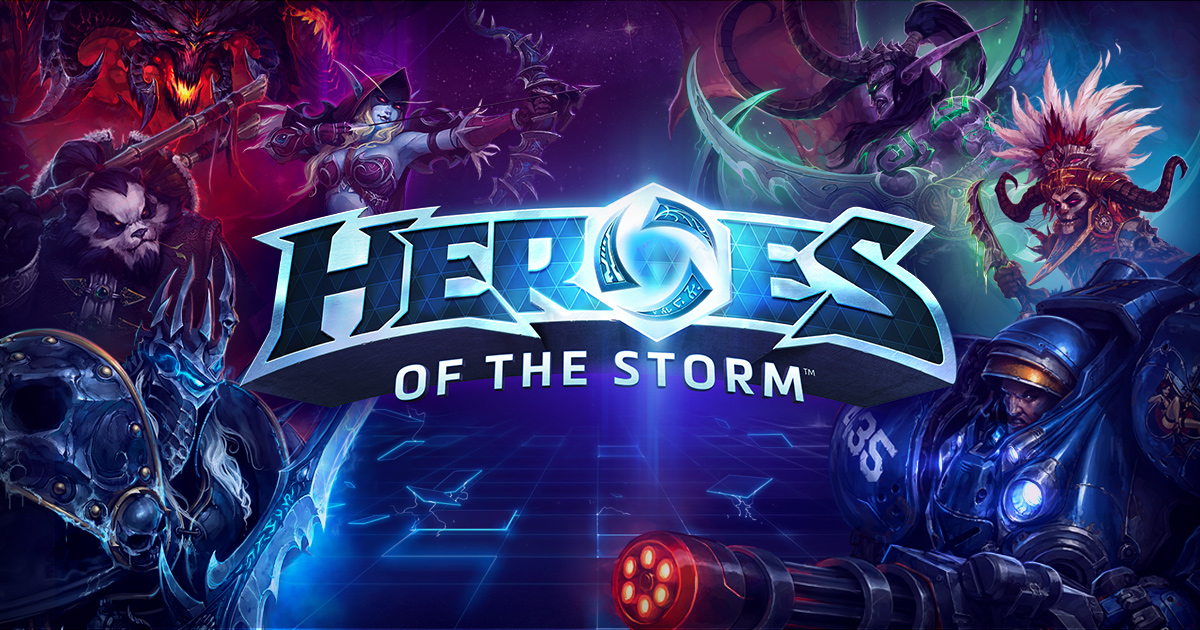
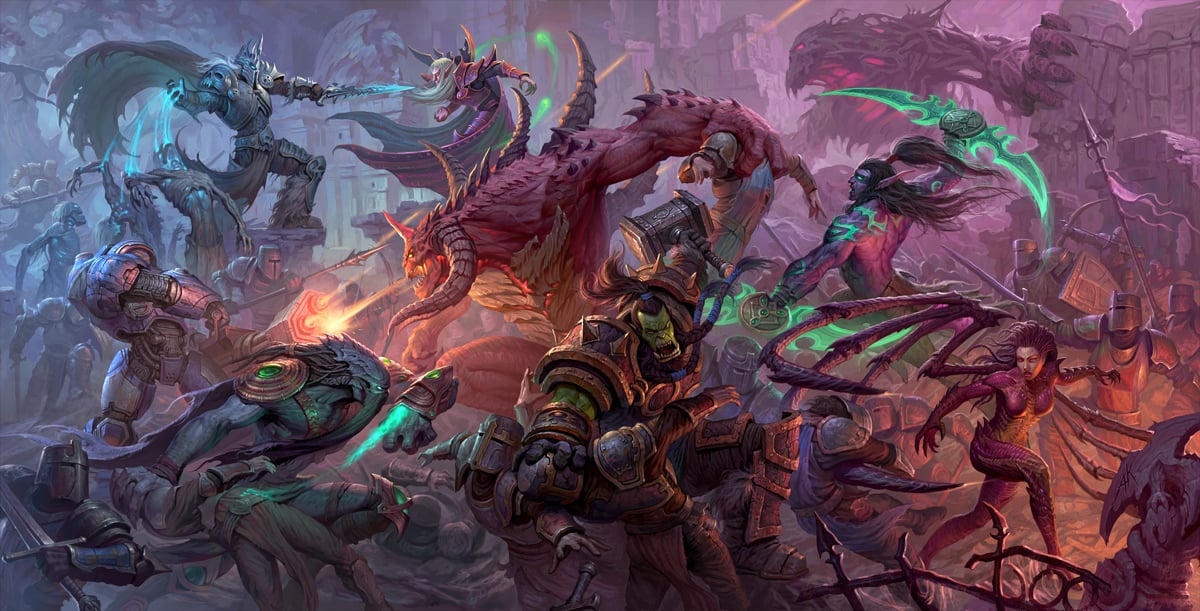

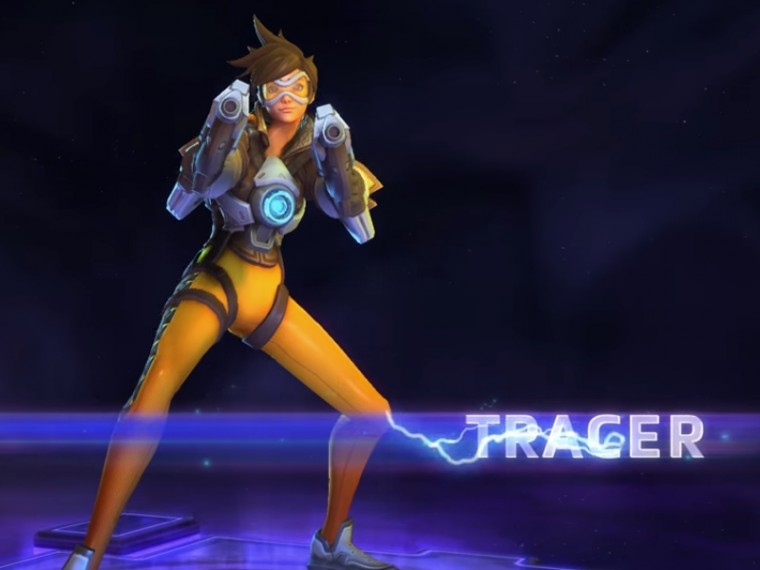
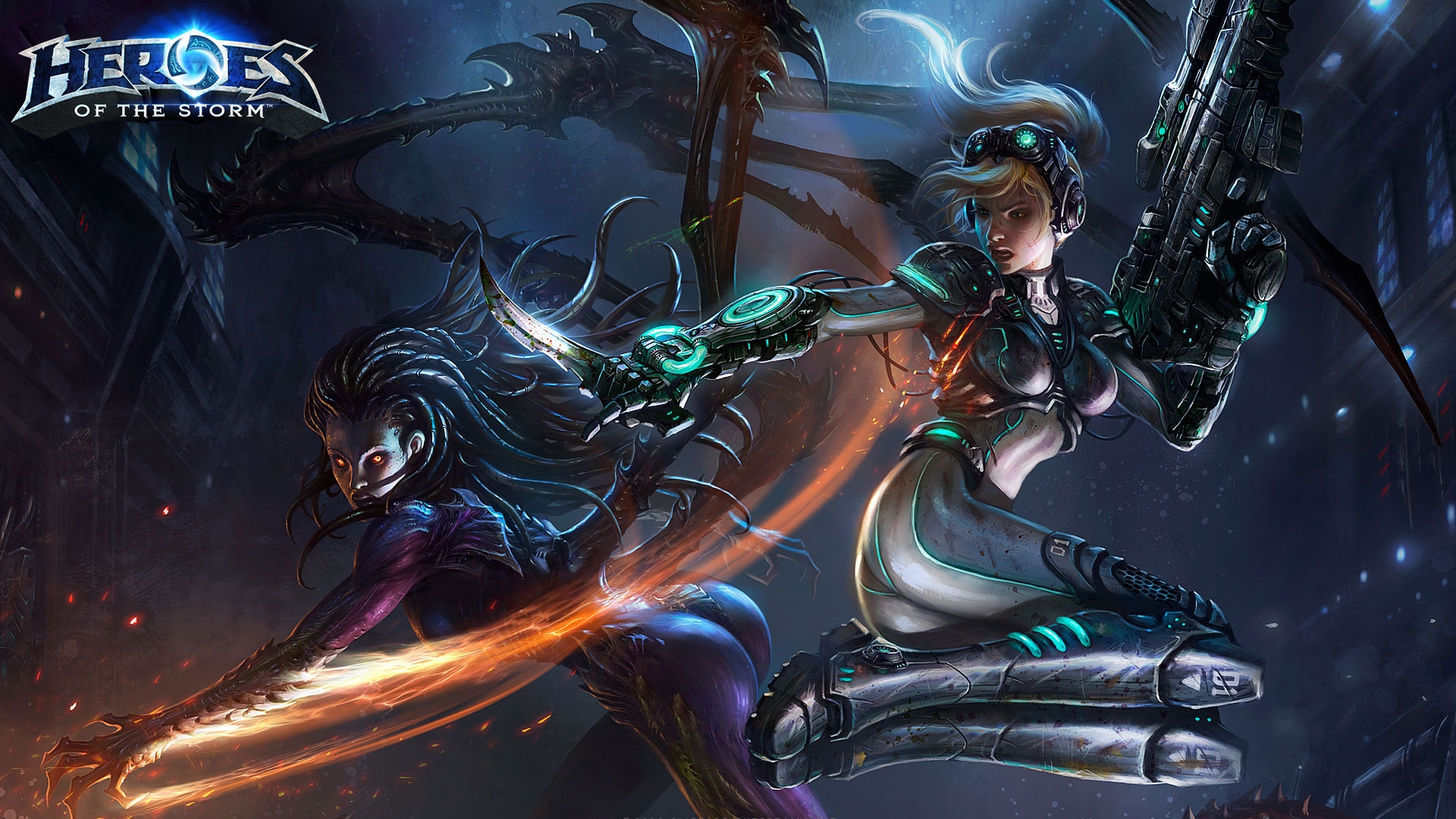
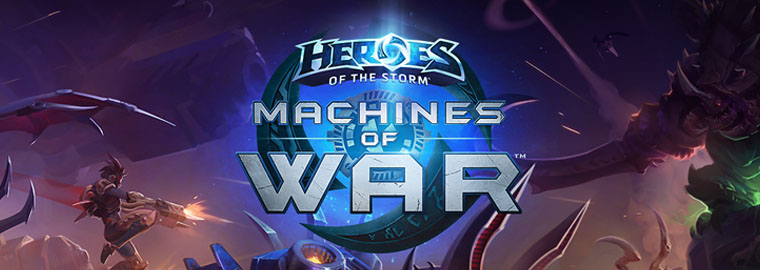
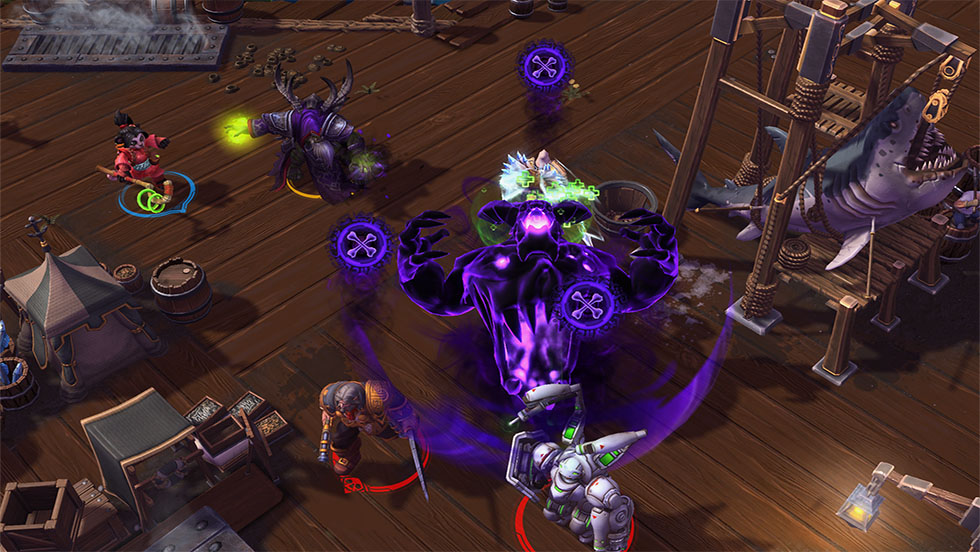

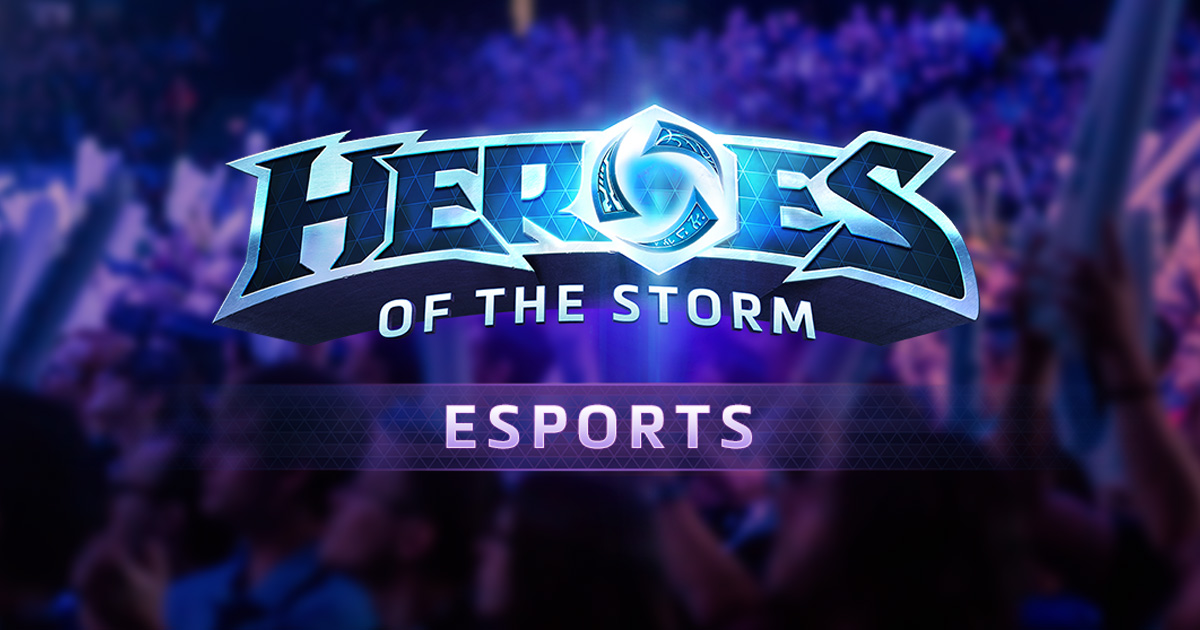
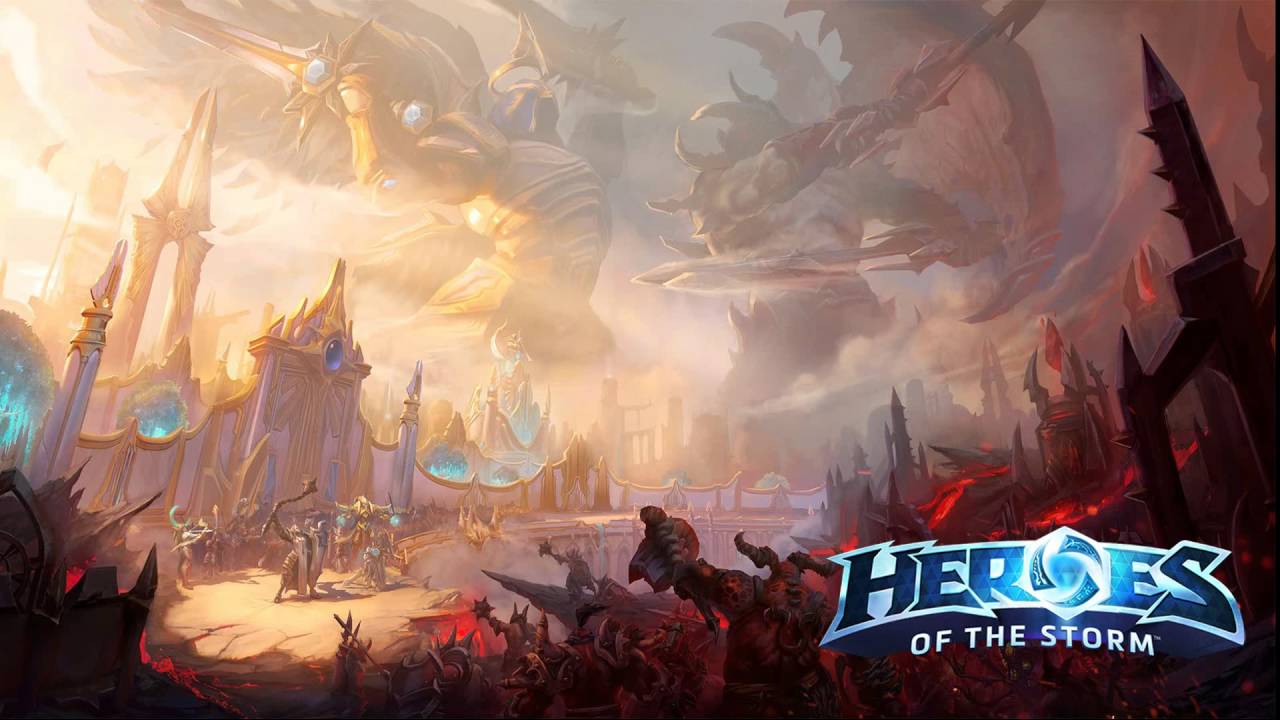
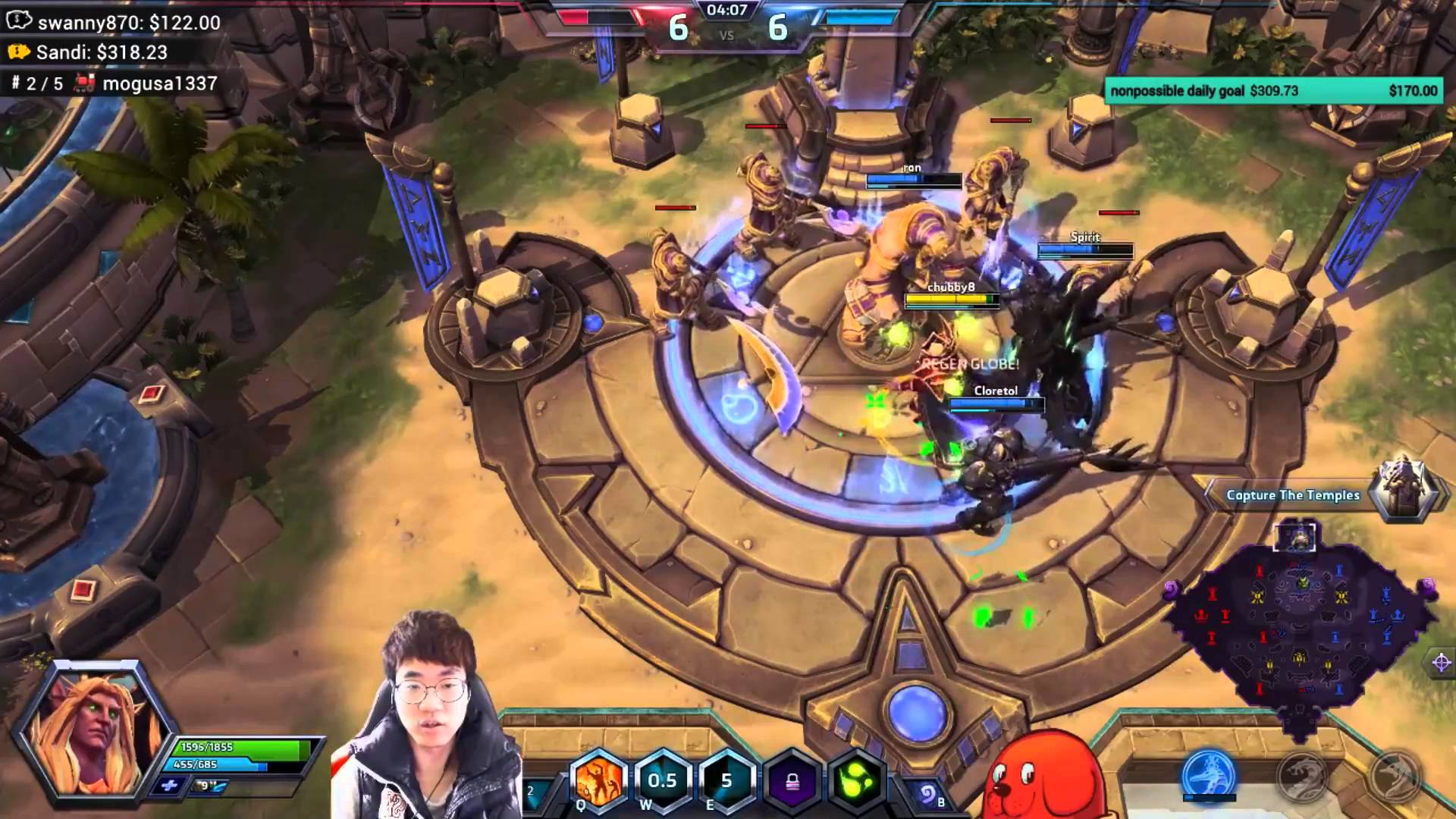

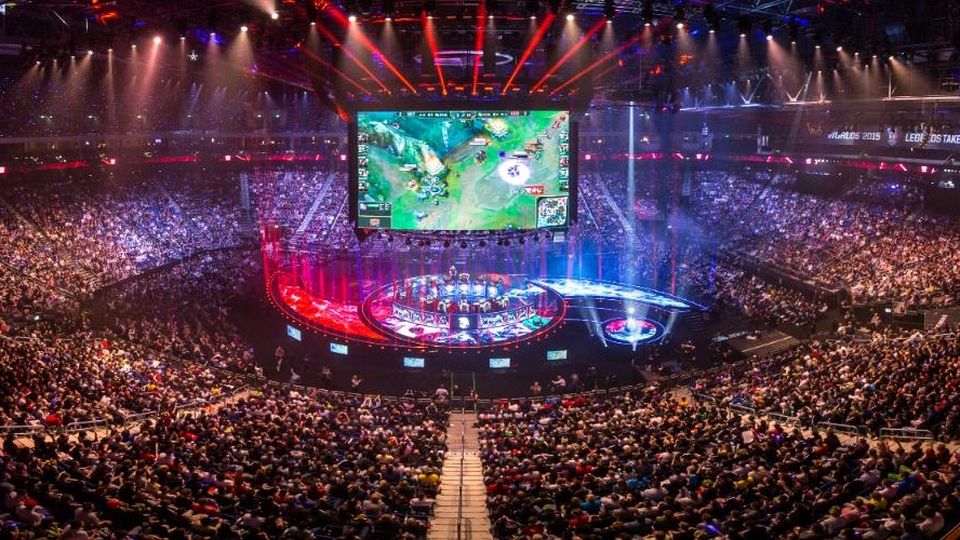
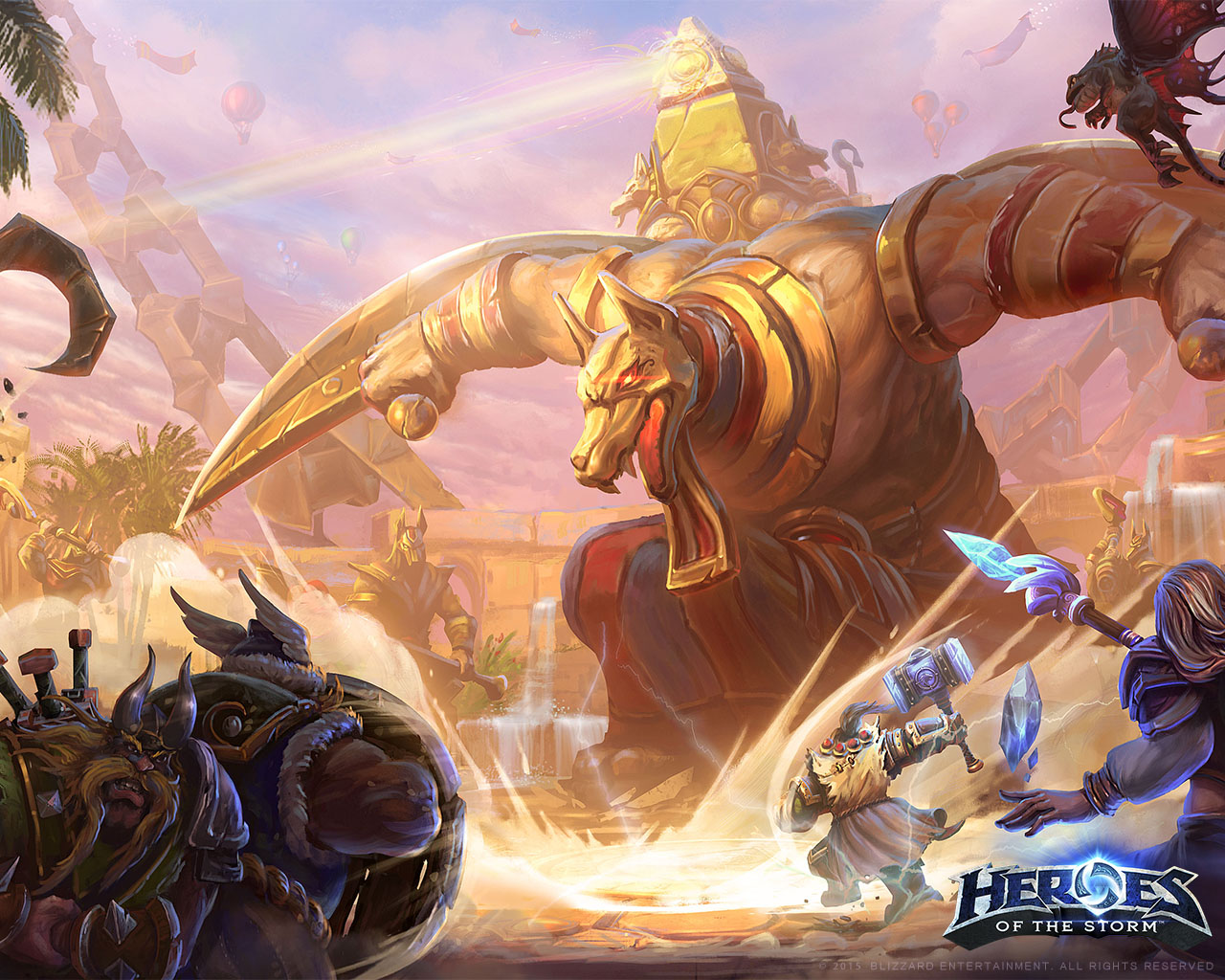
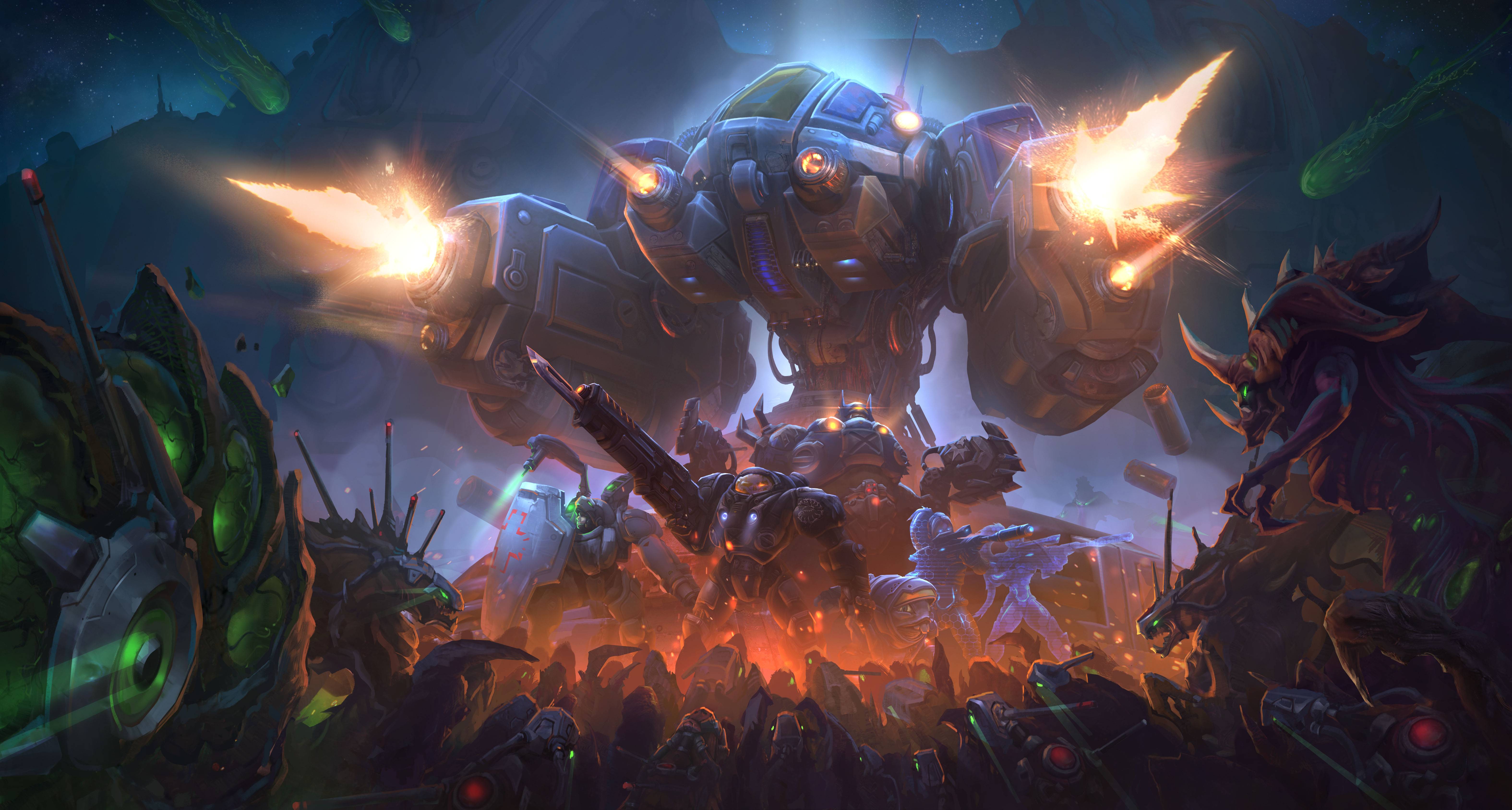





Published: Oct 30, 2016 05:11 am